HDMI 2.0 vs HDMI 2.1 – Key Differences & Which is Better?
HDMI, short for High-Definition Multimedia Interface, is an industry-standard protocol for transmitting high-quality video and audio data. This technology ensures optimal media delivery from a source device—such as a gaming console—to display or audio systems like monitors, projectors, or digital TVs
Since its launch in September 2013, HDMI 2.0 has been the go-to standard for high-definition multimedia interfaces. However, the arrival of the updated HDMI 2.1 in November 2017 brought a shift in this dynamic.
Now, we’re going to dissect the notable differences and upgrades that HDMI 2.1 brings over HDMI 2.0.
| Feature | HDMI 2.0 | HDMI 2.1 |
|---|---|---|
| Max Bandwidth | 18 Gbps | 48 Gbps |
| Max Resolution | 4K at 60Hz | 10K at 120Hz |
| Compatibility | Backward compatible with HDMI 1.4 and earlier | Backward compatible with HDMI 2.0 and earlier |
| HDR Support | Static HDR | Dynamic HDR |
| Enhanced Audio | Standard ARC with compressed audio | Enhanced ARC (eARC) with uncompressed, high-resolution audio |
| Variable Refresh Rate | No | Yes |
| Tone Mapping | Primarily handled by the display device | Source-Based Tone Mapping (SBTM) |
| Unique Features | Widely adopted, more commonly available, cheaper | Quick Frame Transport (QFT), Auto Low Latency Mode (ALLM), Fixed Rate Link (FRL) |
Differences Between HDMI 2 and HDMI 2.1
There is a significant difference between HDMI 2.0 and HDMI 2.1 when it comes to their tech. Here is a breakdown.
1. Compatibility
HDMI 2.1 is backward compatible with older HDMI versions, which means you can use HDMI 2.1 cable with existing HDMI 2.0 or earlier setups. On the other hand, HDMI 2.0 is backward compatible with HDMI 1.4 and other predecessors.
However, certain modern devices cannot support HDMI 2.0, so upgrading to the newer standard is necessary to ensure compatibility with the current and future electronics. For example, The Xbox Series X was released in November 2020 and features an HDMI 2.1 port, allowing for 4K resolution at 120 frames per second (fps), Variable Refresh Rate (VRR), and other HDMI 2.1 features.
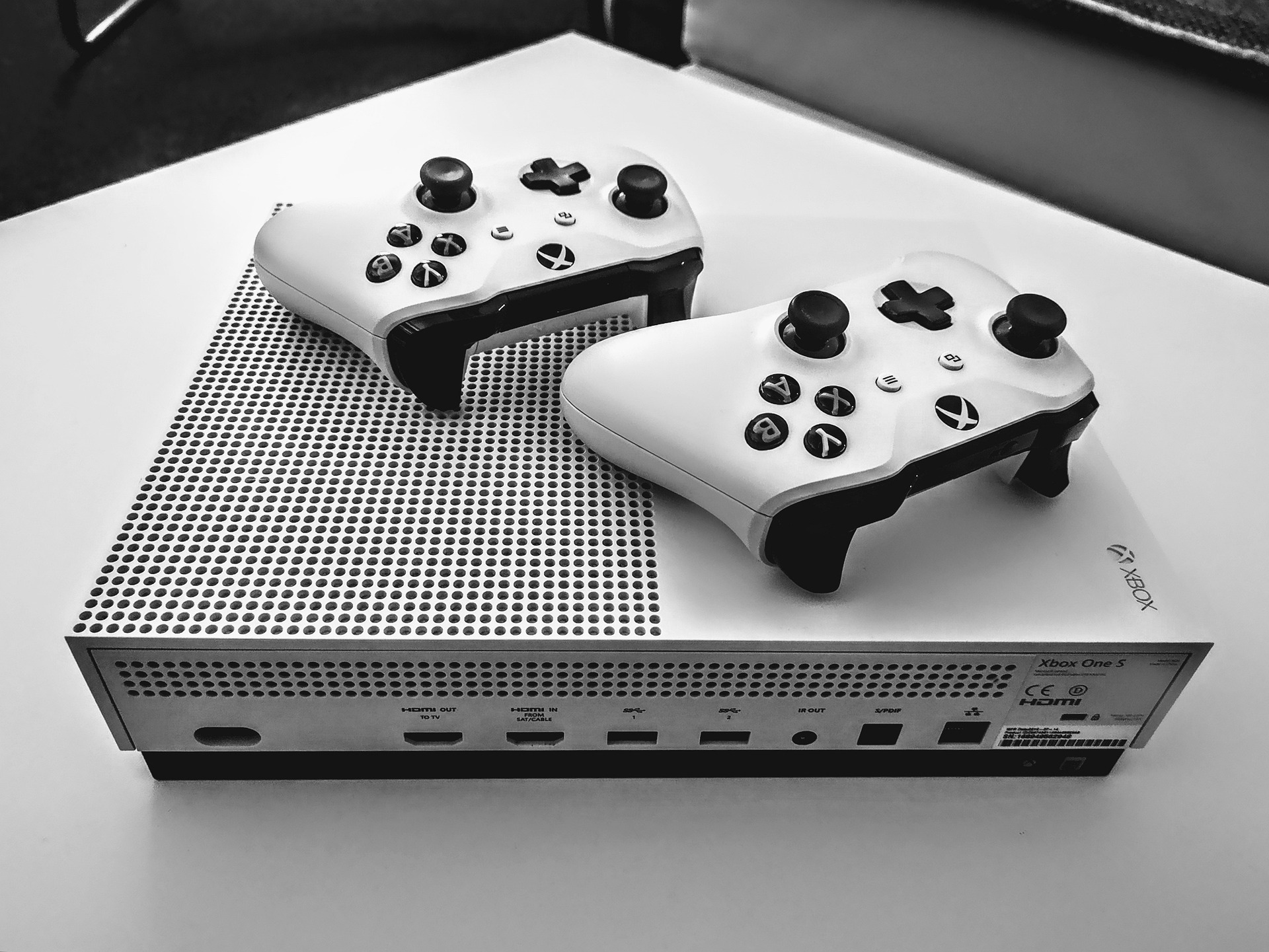
Besides, newer electronics will be based on HDMI 2.1 instead of HDMI 2. Nonetheless, it is essential to understand that the optimal performance of HDMI 2.1 can only be realized when both the source device and the display support HDMI 2.1 features.
2. Bandwidth
The most prevalent connection in homes today is HDMI version 2.0, which can handle resolutions up to 4K, High Dynamic Range (HDR), and 3D gaming thanks to its maximum bandwidth of 18Gbps. However, the trend is rapidly shifting to the use of HDMI 2.1.
The main reason is because with HDMI 2.1, the highest data rate can be sent at 48Gbps. This is 2.7 times as fast as HDMI 2.0. This means that higher resolutions beyond 4K, 8K, and even 10K can be supported, and the refresh rates can be faster allowing for a smoother screen experience.
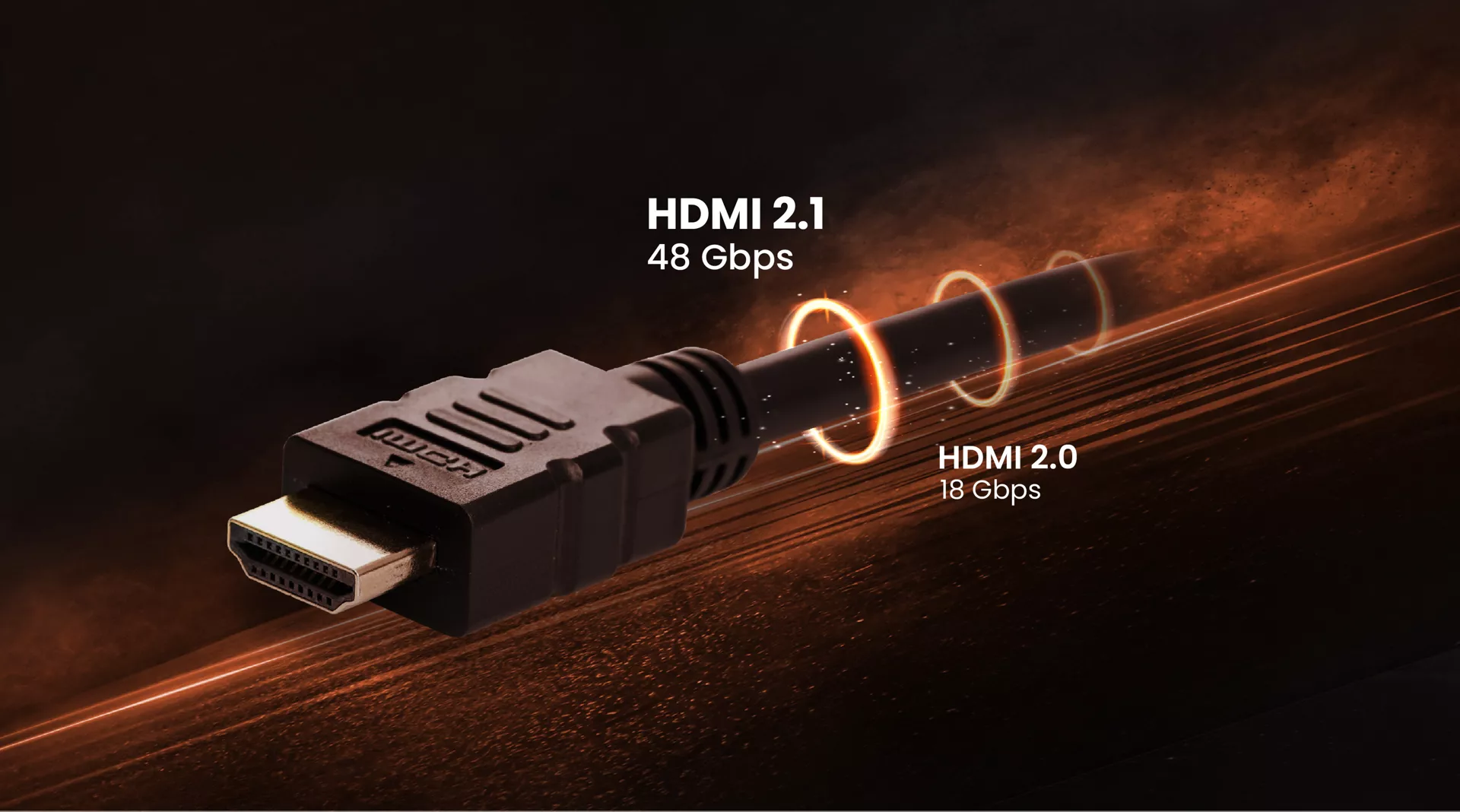
The 2.1 spec brings not just HDR capability but also Dynamic HDR with improved frame rates for better quality video. The transitions between frames is much more seamless allowing for a lag-free display.
3. Refresh Rate
With HDMI 2.0, one can get 4K video resolution at 60 frames per second (fps) and 8K at 30 frames per second. HDMI 2.0 supports a maximum refresh rate of 60Hz at 4K resolution. With 4:4:4 chroma subsampling, the refresh rate may go as high as 144 Hz.
In such regards, HDMI 2.1 is better as it allows for the output of videos in 4K resolution at 120fps and 8K resolution at 60fps. At 4K resolution, HDMI 2.1 supports a maximum refresh rate of 120Hz, which doubles the frame rate compared to HDMI 2.0. Moreover, for 8K resolution, HDMI 2.1 can achieve a refresh rate of 60Hz. This helps in high-quality playback on compatible LED screens.
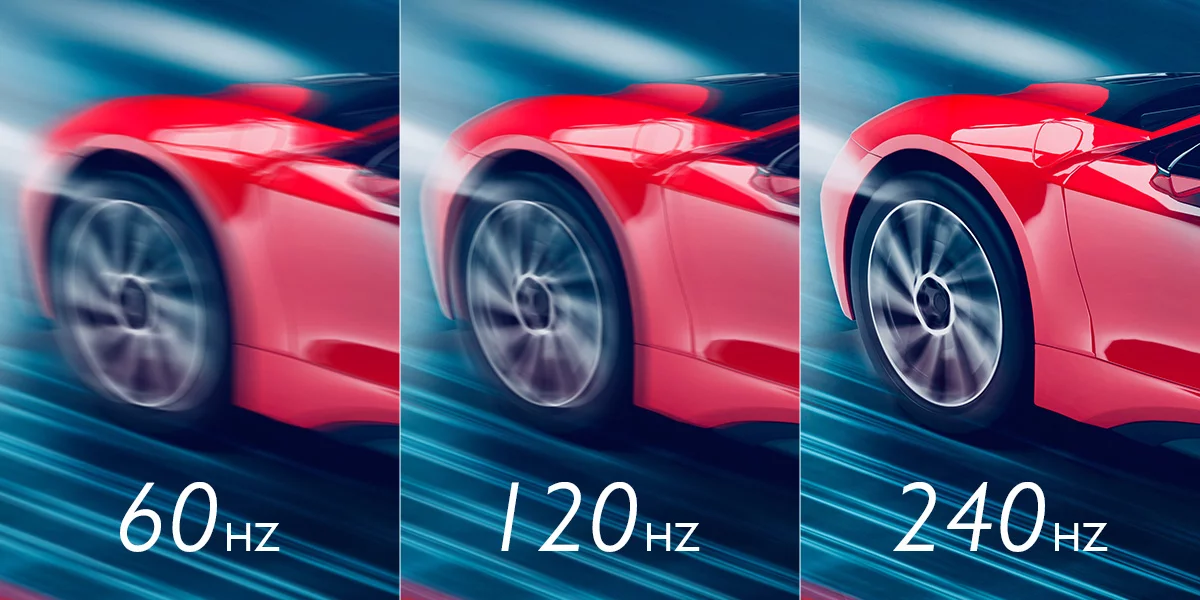
The 2.1 version of HDMI has the ability to do this makes it great for use with gaming consoles like the Xbox Series and the PlayStation 5.
In addition to that, HDMI 2.1 also supports Variable Refresh Rate (VRR) technology, which allows for dynamic refresh rates that can sync with the content being displayed, providing a smoother gaming or viewing experience. It works by eliminating screen tearing and stuttering.
The higher refresh rates supported by HDMI 2.1 help to minimize motion blur in fast-paced content. This is particularly beneficial for action-packed movies, sports events, and gaming, where smooth and fluid motion is essentially needed.
4. Enhanced Audio Return Channel
The Audio Return Channel (ARC) is a feature of HDMI 2.0 that enables two-way audio communication between a TV and an AV receiver connected through an HDMI connection. Audio is typically compressed and reduced to stereo because of the restricted capacity of HDMI 2.0 resulting in “lossy,” lower-quality audio. Even some audio information is lost during compression.
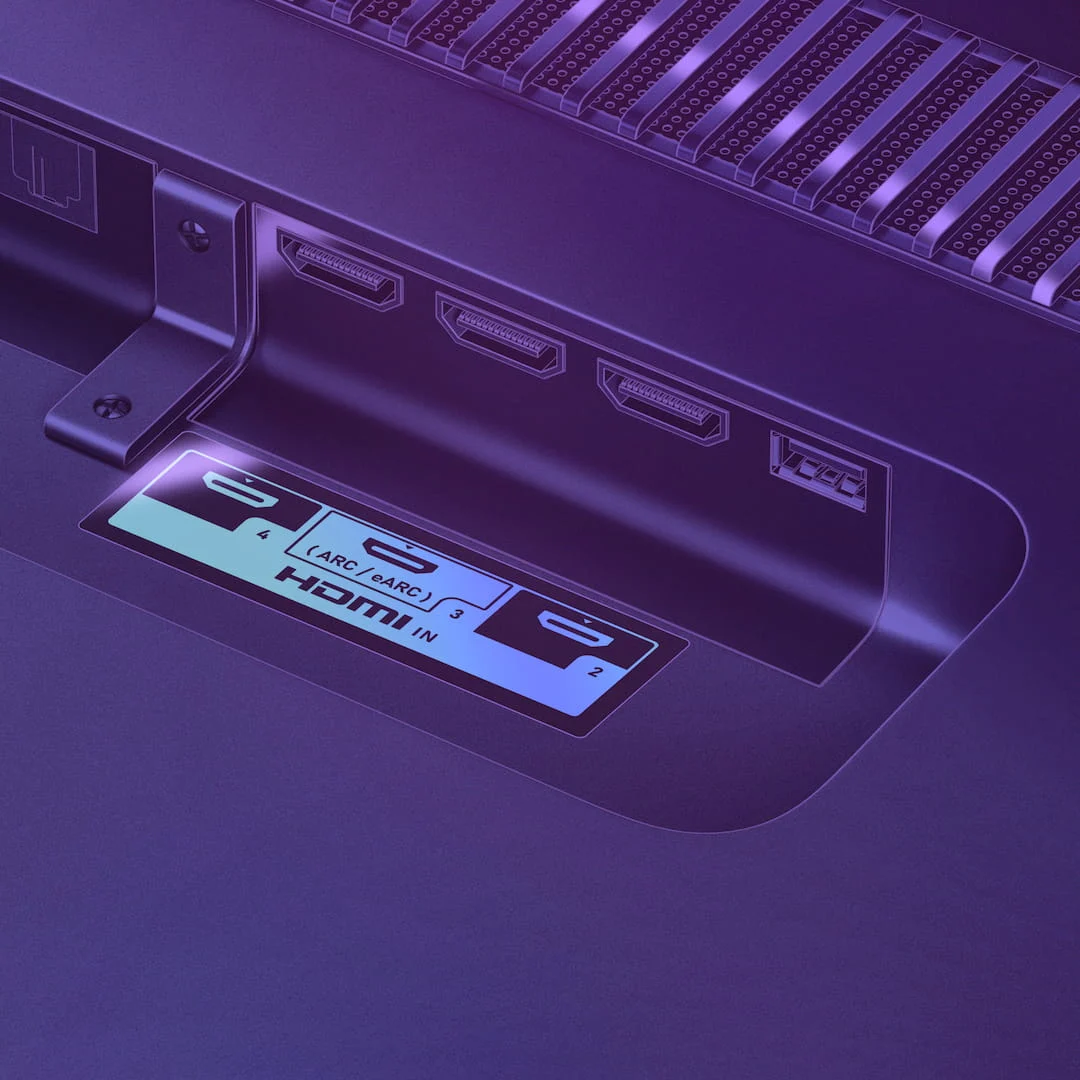
However, in HDMI 2.1 connections, one can hear uncompressed, high-resolution audio thanks to Enhanced Audio Return Channel (eARC). Dolby Atmos is a great case in point. When employing ARC, Atmos is only possible with a compressed audio stream such as Dolby Digital Plus. Dolby Atmos’s “lossless,” high-resolution audio stream, Dolby TrueHD, shines when combined with eARC.
Since users can now connect anything to their TV and run a single HDMI wire to their receiver or soundbar without degrading sound quality, system installations will be much simplified. Better sound quality is possible with fewer cords and less clutter.
Moreover, HDMI 2.1 also supports other advanced audio features, such as the Multi-Stream Audio (MSA) format, which enables the simultaneous transmission of multiple audio streams to different devices. This technology has helped in multi-room audio or independent audio playback in different areas.
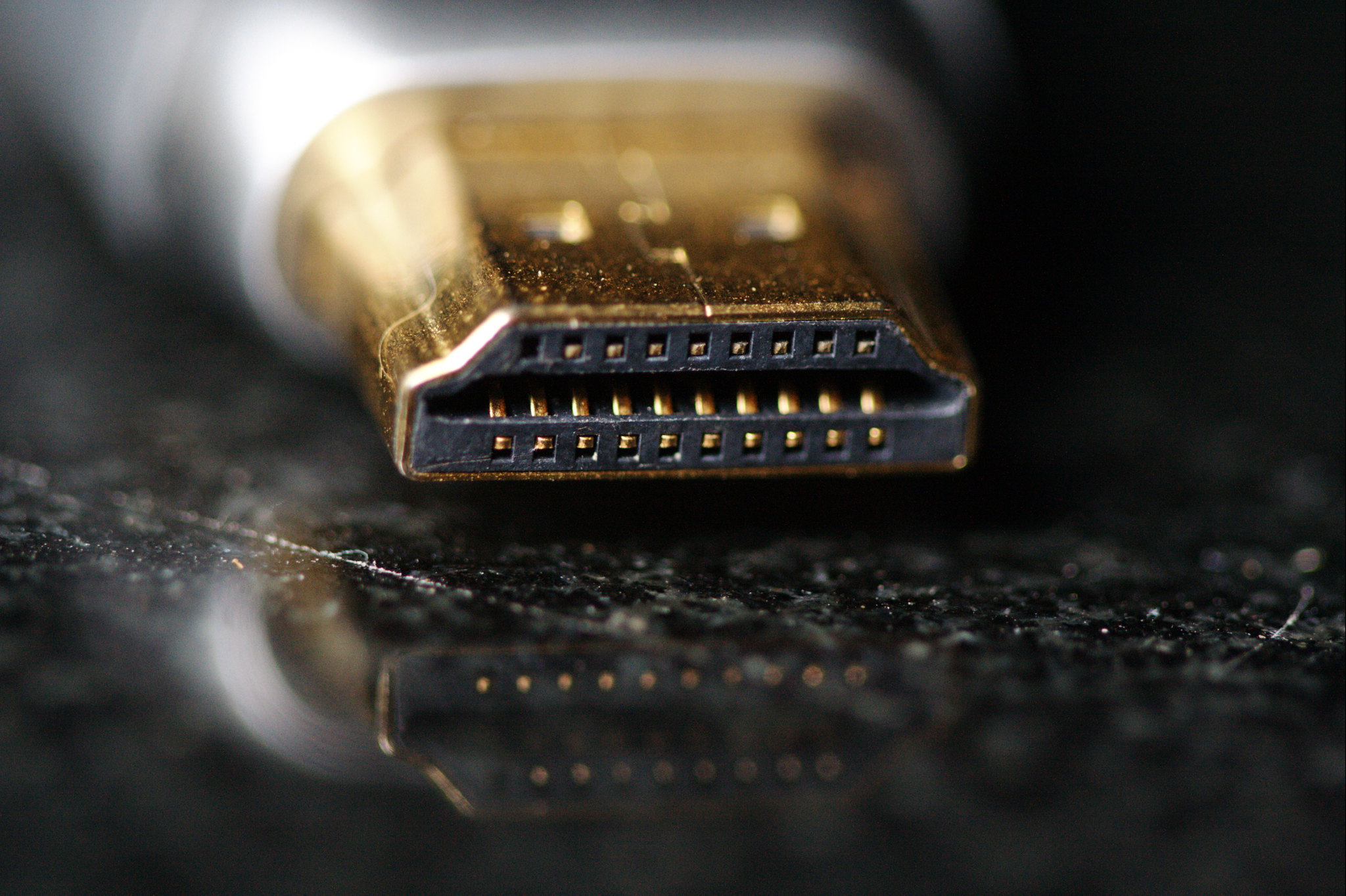
5. Tone Mapping
In the case of HDMI 2.0, the tone mapping process is primarily handled by the display device which put forward several limitations to the High Dynamic Range (HDR) rendering process. However, for the case of HDMI 2.1, Source-Based Tone Mapping (SBTM) was introduced.
This means that a portion of the HDR mapping process can be performed by the source device (like a gaming console) instead of relying solely on the display device (such as a TV or monitor).
Ultimately, this tech becomes quite useful in scenarios where HDR and Standard Dynamic Range (SDR) content are combined or when automatically optimizing the HDR signal. The elements are more effectively blended together offering a consistent and visually pleasing result.
The Benefits of HDMI 2.1
Now, let’s uncover the benefits of HDMI 2.1 and understand why this technology is being aggressively adopted.
1. Minimal Interruption:
At the moment, the average Blu-ray player or gaming console may transmit vast audio and visual data to the TV, but the connection is mostly one-way.
HDMI Consortium is an organization responsible for developing, licensing, and promoting the HDMI standard. It ensures compliance with the HDMI standard across various devices, including TVs, monitors, projectors, gaming consoles, and audio systems.
By modifying the design of HDMI connectors and cables, HDMI Consortium has increased capacity on the digital entertainment superhighway and improved traffic flow, allowing devices to continue communicating without interruption.
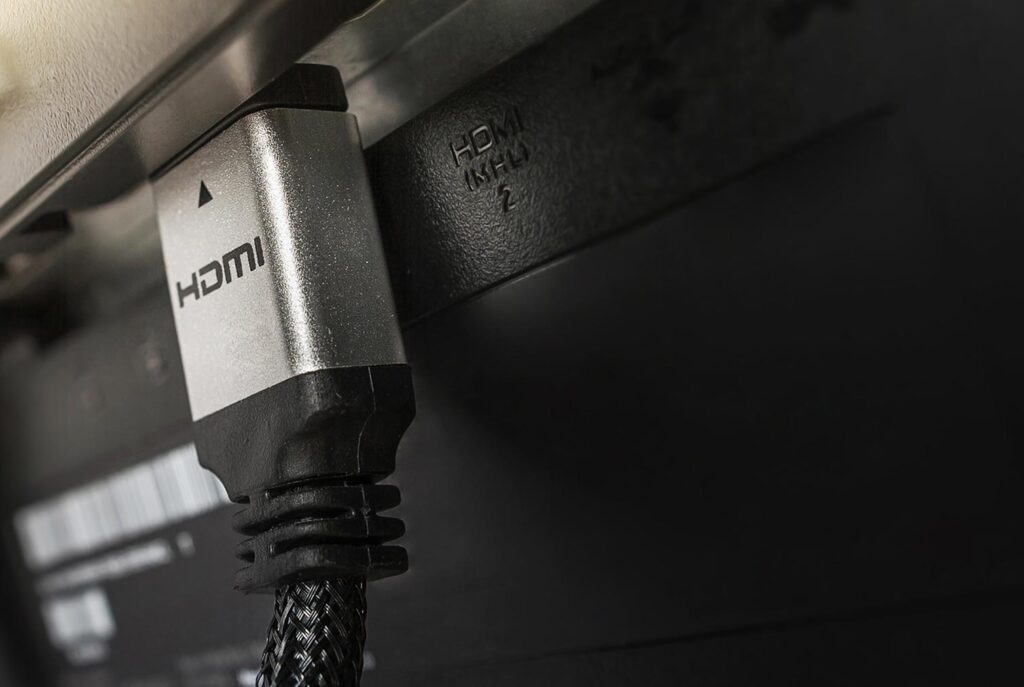
2. Auto Low Latency Mode:
Another enhancement of HDMI 2.1 over HDMI 2.0, Auto Low Latency Mode (ALLM) allows a TV or other display devices to recognize whether the signal is originating from a gaming console or personal computer.
In such cases, the screen can disable any photo processing that might otherwise add delay. People no longer need to go through the hassle of switching the TV to Game Mode.
3. Fixed Rate Link:
HDMI 2.1 incorporates Fixed Rate Link, which enables the transmission of higher resolutions and refresh rates over longer cable lengths.
This is especially useful for larger home theater setups or installations where the display is located far away from the source device. It helps in making sure that longer cable lengths don’t affect the viewing experience.
4. Higher Display Resolutions:
HDMI 2.1 supports higher display resolutions beyond 4K, such as 5K, 8K, and even 10K. . Ultimately, one can expect more immersive visuals on compatible displays and an enhanced viewing experience for high-resolution content.
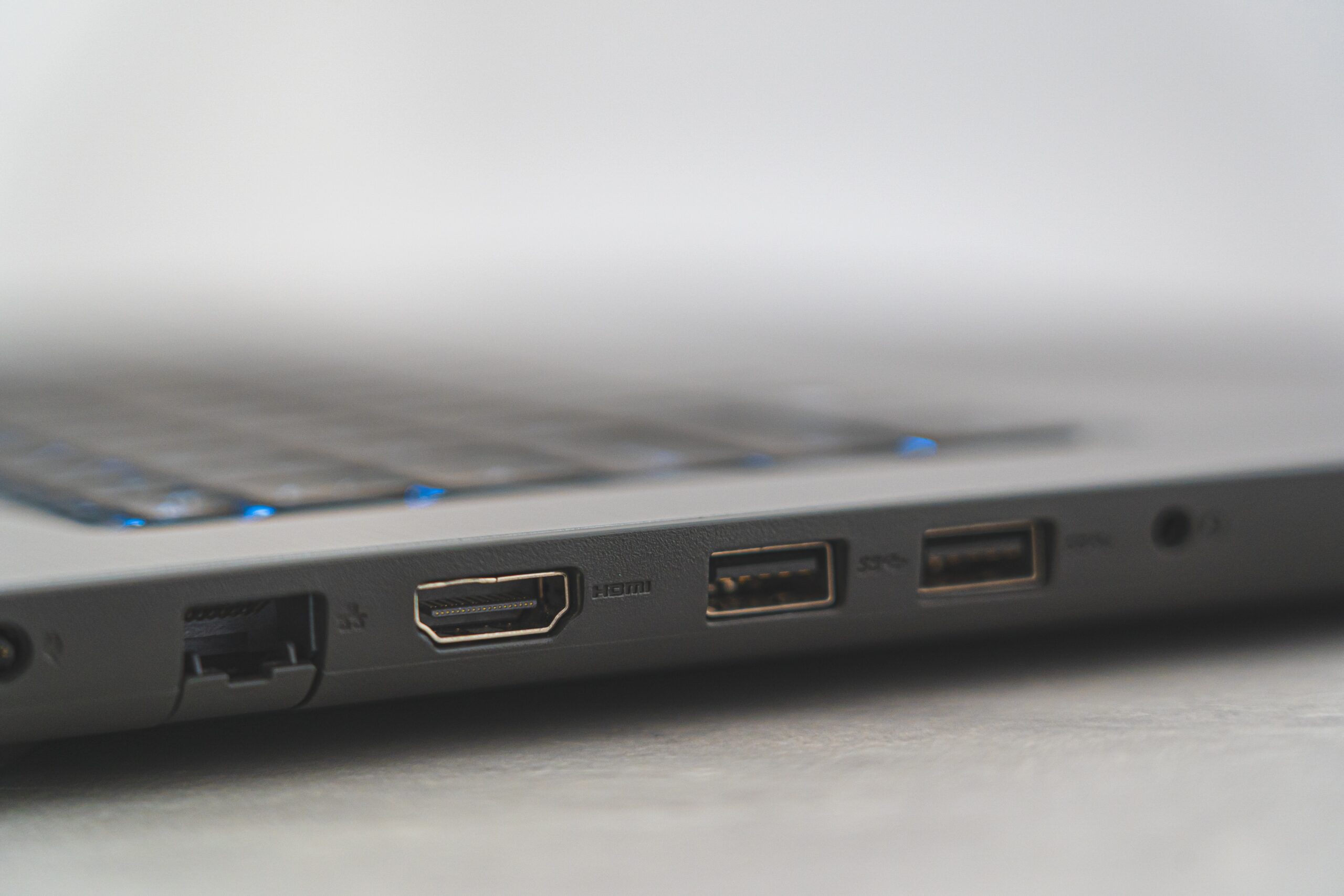
5. Quick Frame Transport:
HDMI 2.1 introduces Quick Frame Transport (QFT) which refers to the latency between source and display. With QFT, this latency is significantly reduced.
To put it another way, think of HDMI 2.1 as a mega-highway populated with self-driving automobiles that can avoid traffic jams and rapidly adjust to changing conditions. For this reason, one needs HDMI 2.1 instead of the conventional HDMI 2.0.
The Downsides of HDMI 2.1
Although HDMI 2.1 has several positive applications, the downside cannot be neglected either.
1. Higher Cost:
One of the biggest drawbacks is that HDMI 2.1-enabled devices come at a higher cost compared to older HDMI versions. The increased capabilities and additional features can contribute to a higher price point.
2. Accessibility:
Certain features, such as QFT (Quick Frame Transport for low latency) is gaining popularity. However, it is still not widely supported by consumer electronics which means that it is a long way to go.
Conclusion
The HDMI 2.1 standard was developed to provide more data per second for 4K video, an improvement over the older HDMI 2.0 specification. With an HDTV, one can enjoy better frame rates, smoother gameplay, and more lifelike graphics thanks to the increased bandwidth.
While both versions are more than sufficient in their own right, HDMI 2.1 provides superior bandwidth, top-notch video quality and several additional features which makes it stand at arm’s length from its predecessor.
 Reviewed by
Reviewed by 




